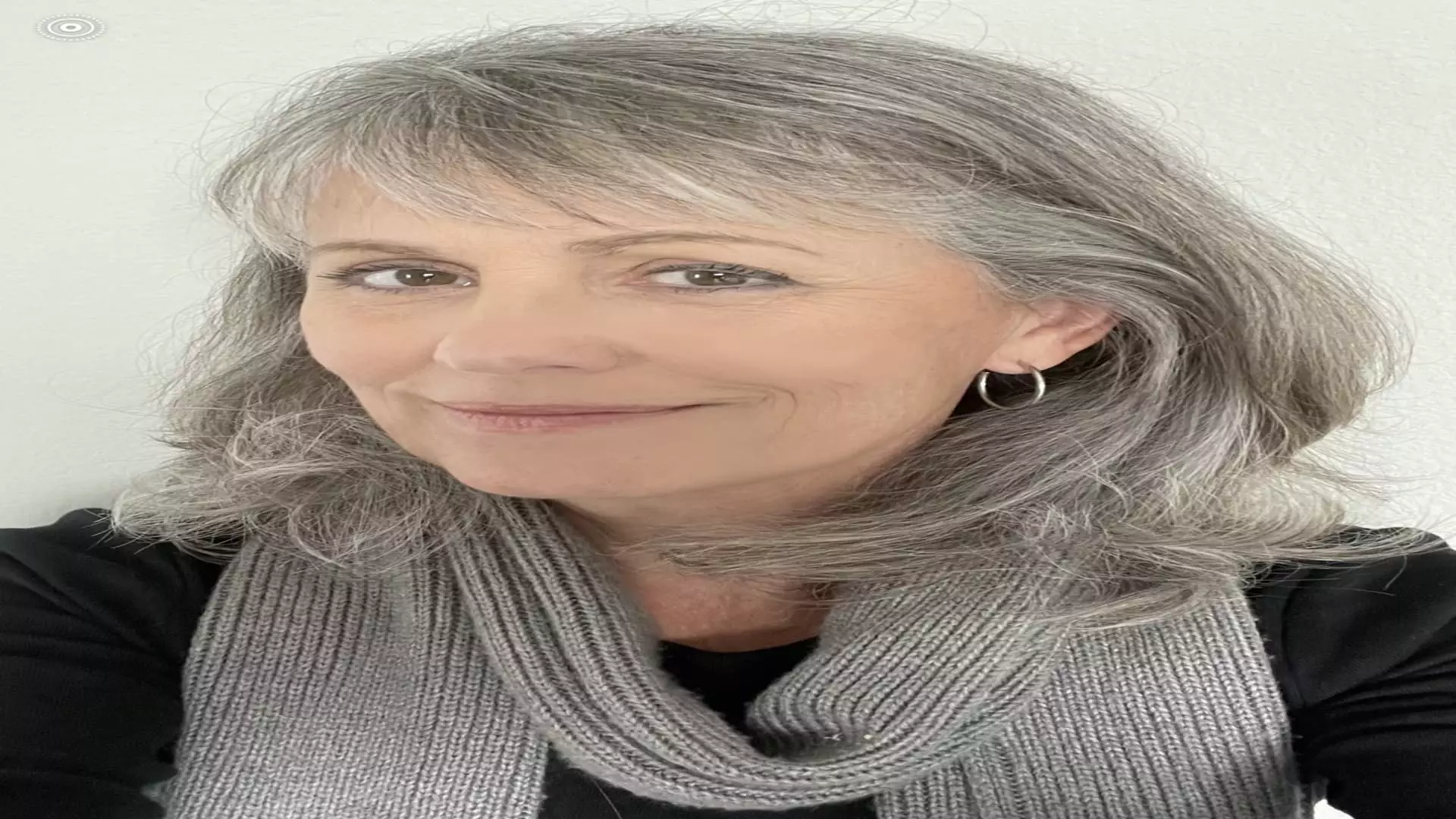In a landscape where freedom of expression is both revered and contested, the resignation of Ann Telnaes from The Washington Post raises essential questions about the boundaries of artistic expression and the power dynamics at play within media organizations. Telnaes, a Pulitzer Prize-winning cartoonist, stepped down after her satirical depiction of prominent billionaires kneeling before Donald Trump was rejected for publication. This incident transcends mere artistic disagreement; it indicates a deeper rift within the realms of journalism, illustration, and political commentary.
Telnaes expressed her discontent through a candid blog post, articulating that the rejection of her cartoon was unprecedented in her career at The Washington Post. She described the work as a critical reflection of billionaires, including Jeff Bezos, and their apparent deference to political authority, represented in her sketch by Trump. The cartoon, showcasing figures such as Meta CEO Mark Zuckerberg and OpenAI leader Sam Altman, highlighted the intersections of wealth, power, and political influence. However, upon its rejection, Telnaes felt her artistic voice was stifled, an act that is emblematic of the challenges faced by editorial cartoonists today.
In the aftermath of Telnaes’ resignation, David Shipley, the editorial page editor at The Post, defended the decision to reject the cartoon. He claimed the reasoning stemmed not from the cartoon’s subject but rather from editorial consistency—stating that a similar column had recently been published, and another was scheduled for release. Shipley’s rebuttal to Telnaes’ assertion demonstrates the complexities of editorial judgment in high-stakes journalism. However, it invites skepticism about the extent to which editorial freedom can coexist with corporate interests and the potential implications of such decisions on journalistic integrity.
Critics argue that despite Shipley’s claims, the rejection may reflect a deeper discomfort with challenging powerful figures within the media sphere. By dismissing a cartoon ostensibly critical of billionaires and their affiliations with political figures, the paper inadvertently highlights the fragility of creative expression when it confronts established power structures. This dynamic poses the question: To what extent are editorial choices influenced by the very individuals and entities that finance media corporations?
The Broader Implications for Media and Democracy
Telnaes’ departure is situated within a larger narrative of media accountability and corporate governance, especially in an era marked by increasing scrutiny of how media companies are wielding their influence. Tensions have surfaced between media executives and the editorial teams responsible for upholding journalistic standards, as evidenced by recent controversies involving endorsements and potential biases in reporting on political figures.
Consider the case of Bezos’ alleged intervention regarding The Post’s planned endorsement of Kamala Harris during the election, or the Los Angeles Times’ reticence to take a clear stance in the political arena. These incidents echo Telnaes’ assertion that corporate interests sometimes overshadow journalistic principles. The significant financial interdependencies between media organizations and wealthy individuals only exacerbate this concern, illustrating a complex web of relationships that may compromise editorial independence.
In this context, Telnaes’ resignation serves as a clarion call for introspection within the media. How can news organizations maintain their editorial integrity when the line between journalistic independence and corporate influence appears increasingly blurred? Telnaes’ situation encourages both creators and audiences to reflect on the importance of preserving space for dissent and the critical commentary that is essential for a healthy democracy.
As we assess the implications of Telnaes’ departure, it is vital to advocate for a media landscape where artistic freedom thrives, even in the face of controversy. The power of editorial cartoons lies in their ability to provoke thought and challenge prevailing narratives. Forcing artists to conform to a sanitized version of reality diminishes the impact of their work and ultimately impoverishes public discourse.
The events surrounding Ann Telnaes’ resignation not only underline the ongoing tensions between corporate interests and artistic expression but also call into question how much room remains for critical voices in journalism. As audiences and consumers of news, it is incumbent upon us to champion those who dare to draw society’s uncomfortable truths, lest we risk succumbing to a culture of conformity and silence.



Leave a Reply